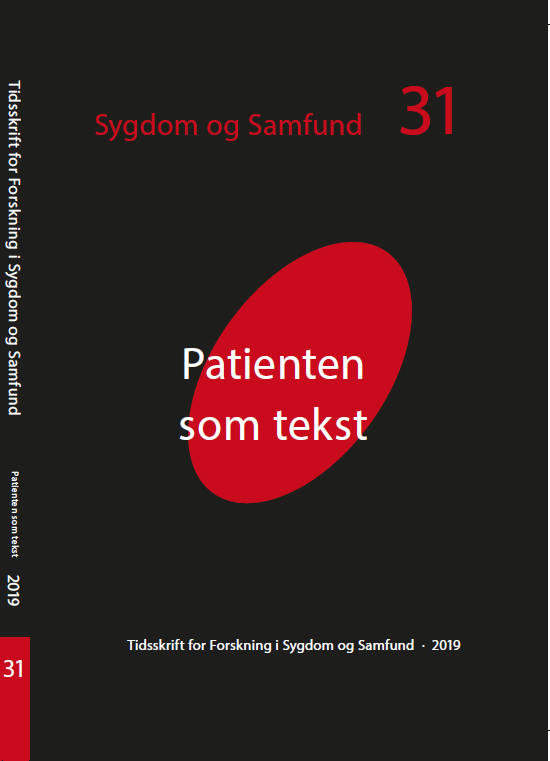Why do we read illness stories? Paul Kalanithi’s When Breath Becomes Air (2016) read in the light of Rita Felski
Publiceret 2019-10-31
Citation/Eksport
Resumé
Why do we read pathographies and why have they become so popular? These are the key questions in our paper. In answering these, we will introduce and discuss Rita Felski’s The Uses of Literature (2008) in connection to the American bestseller and Pulitzer prize finalist pathography When Breath Becomes Air (2016) by Paul Kalanithi.
We chose Kalanithi’s book because we consider it in many ways typical of the pathographical genre with its first-person narrator, the frequent expression of shock, its reflections on meaning of the illness and the focus on daily life. Rita Felski’s The uses of literature reflects by means of the four concepts knowledge, recognition, shock and enchantment upon what makes us want to read a certain book or genre. However, when working with Kalanithi´s novel we soon found that Felski´s four modes were not only meaning-making for enlightening the question on why we as readers turn to this book. We soon also found that recognition, enchantment, knowledge and shock were concepts that were relevant used in connection with Kalanithi´s own experience of becoming ill and being a patient. The concepts, therefore, seem most useful for reflections on both the reader’s response and the author drives of the pathography genre.

